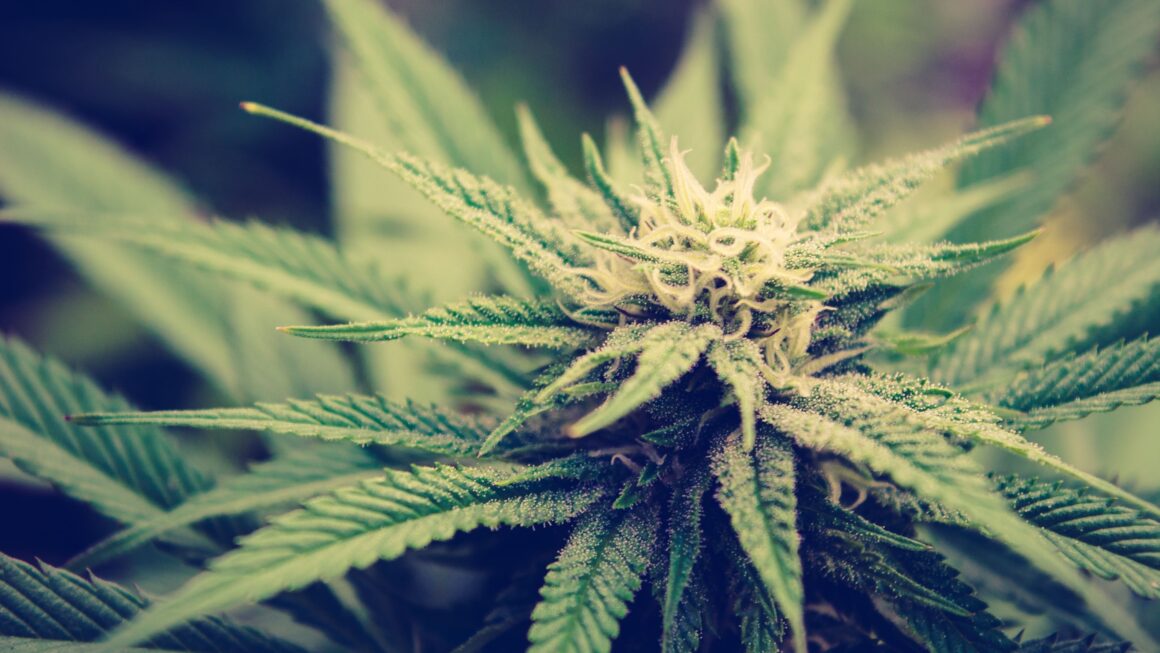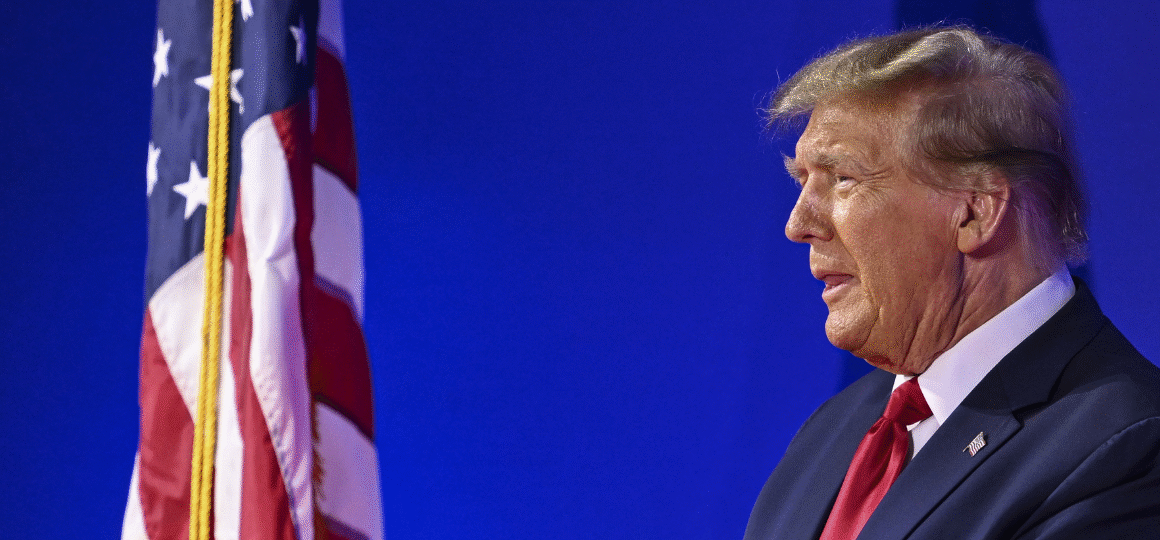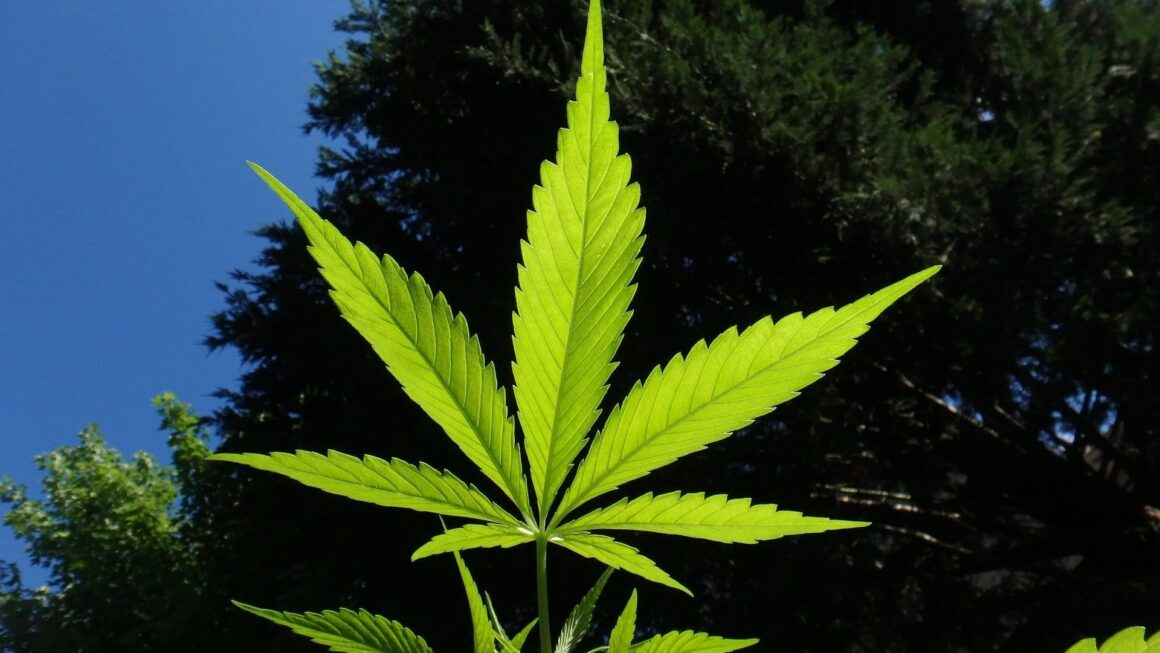There are two stories behind why people start using cannabis: for fun, or to ease the mind.
A new paper from King’s College London, published in BMJ Mental Health, says those two starting points are linked to different mental-health trajectories. But I think we need to do some debunking here. For starters, it isn’t the study’s conclusion that bothers me; that’s not what prompts this piece. It’s the way some media outlets have used it as a platform to revive the old, well-known cannabis stigma and the same long-standing spread of misinformation. It’s a crime without penalties but with real victims: recreational cannabis users, medical cannabis patients, and potential users who might be discouraged by a clickbait headline.
What some headlines actually said. On August 27, 2025, The Guardian ran: “Cannabis users who are self-medicating run a higher risk of paranoia.” King’s College London’s press office framed it similarly: “using cannabis as a means to self-medicate physical or mental discomfort can have a negative impact on the levels of paranoia, anxiety, and depression.” Those are causal-sounding summaries of a survey that, in the paper itself, is framed as associations on symptom scales, not diagnoses.
Fortunately, science has rules. And if you read the paper closely, the conclusions should be modest(er).
The study analyzed 3,389 adults who had used cannabis at some point, none with a history of psychosis. Researchers asked a deceptively simple question: Why did you first use cannabis? People who said they began to manage pain, anxiety, or depression later reported higher scores for paranoia, anxiety, and depression than those who started for fun or curiosity. On average, participants reported heavy consumption when expressed in standard THC units, and the self-medication groups tended to consume more. These are associations in a cross-sectional survey—not proof that self-medicating causes paranoia. When coverage tightens “associated with” into “increases risk,” careful language gets swapped for a headline that overreaches.
Stretching cautious findings into sweeping claims like “cannabis leads to paranoia,” it’s a big jump the authors themselves don’t make. It ignores confounding by indication, dose differences, and the study’s own caveats. Yet it reliably invites a chorus of anti-cannabis commentary dressed in credentials.
The responsible read is simpler: keep the claim in scope, keep causation out of it, and keep the conversation anchored.
Keep the Claim in Scope
What the study did. The team used data from the King’s College survey Cannabis & Me population survey (March 2022–July 2024), including 2,573 current and 816 past users aged 18+. It tested whether “reasons for first use” were associated with (1) reasons for continuing use, (2) weekly THC consumption expressed in standardized units, and (3) symptom scores for paranoia (Green Paranoid Thoughts Scale), anxiety (GAD-7), and depression (PHQ-9). Results are that starting “to relieve physical discomfort,” “pain,” “anxiety,” “depression,” or “minor psychotic symptoms” correlated with higher paranoia scores, while starting “for fun” or “out of curiosity” and similar correlated with lower paranoia/anxiety.
What the study did not do. It did not establish temporal causality (cross-sectional snapshot), diagnose conditions (scale scores are not the same as diagnoses), or control for all baseline vulnerabilities (e.g., family history, trauma) that could both motivate self-medication and raise symptom scores. Again, the classic confounding by indication problem. The authors present the work as a risk signal and a potential screening heuristic (they recommend physicians to “ask why someone first used” when interviewing patients). They don’t claim cannabis causes paranoia for self-medicators.
Dose and Motive Are Doing the Work
A low-key but important piece of the paper is dose. The team converted reported consumption into standard THC units, a public-health metric where 1 unit = 5 mg THC, regardless of product or route, much like alcohol “units” simplify ethanol across beer, wine, and spirits. Across the sample, heavier THC exposure tracked with worse symptom scores, and self-medication motives were associated with higher weekly THC units. That doesn’t prove dose caused distress, but it’s aligned with clinical advice to be cautious with high-THC exposures in anxious or inexperienced users.
This is also where framing can go sideways. Saying “self-medicating leads to paranoia” collapses motive, dose, and baseline vulnerability into a single villain. A more honest interpretation would be “people who reach for cannabis to manage distress often have more distress to begin with and often use more THC”, as those two facts alone can explain a lot of the association.
The models adjust for demographics (and, secondarily, for THC in some analyses), but they can’t reconstruct people’s clinical histories, which is an inherent limitation of large, real-world surveys.
The Circularity Problem
The study includes the line: “Nevertheless, it clearly highlights that people who use cannabis to seek relief from either physical or psychological discomfort present with more psychopathology.”
That reads like “cause”, but is really a logical tautology.
If your inclusion variable is “I first used cannabis to relieve distress,” you’ve already selected people with more distress. Finding that they “present with more psychopathology” later, using contemporaneous self-report scales, mostly restates the starting condition.
Without a pre-use baseline or longitudinal follow-up, you can’t disentangle (a) pre-existing vulnerability from (b) any effects of cannabis. Because the motives (anxiety, depression, pain) overlap conceptually with the outcomes (anxiety/depression scales), the association is, to a degree, built in.
That doesn’t make the study useless, but the aim of the above sentence edges into circular reasoning if read as more than association. And then it’s used, quote on quote, for anti-cannabis propaganda.
Bottom Line: Stop Weaponizing Ambiguous Findings
Truth is, the medical profile of cannabis has been argued for decades, and by 2025, there’sa broad clinical consensus that it does help with specific conditions. Most notably, chronic pain in adults, chemotherapy-induced nausea and vomiting, patient-reported spasticity in multiple sclerosis, and, for purified cannabidiol, severe childhood-onset epilepsies.
Evidence is also mounting that cannabinoids may be helpful for sleep disturbance/insomnia, neuropathic and fibromyalgia-type pain, cancer-related symptoms and palliative care (appetite/wasting, pain), PTSD symptoms, anxiety in some patients with CBD-forward regimens, tic disorders/Tourette, and IBD-related symptoms, though results vary by dose, chemotype, and study design.
Many of these uses are already recognized in real-world medical programs and clinical practice, even as better trials are rightly demanded. That research should accelerate, not be chilled, despite the occasional attempt to weaponize ambiguous findings against clinicians and scientists working to clarify where cannabis helps, where it doesn’t, and how to use it safely.
Photo by Mario Heller on Unsplash





